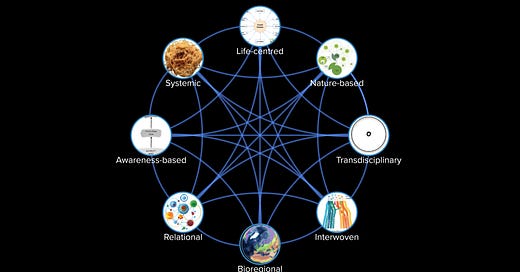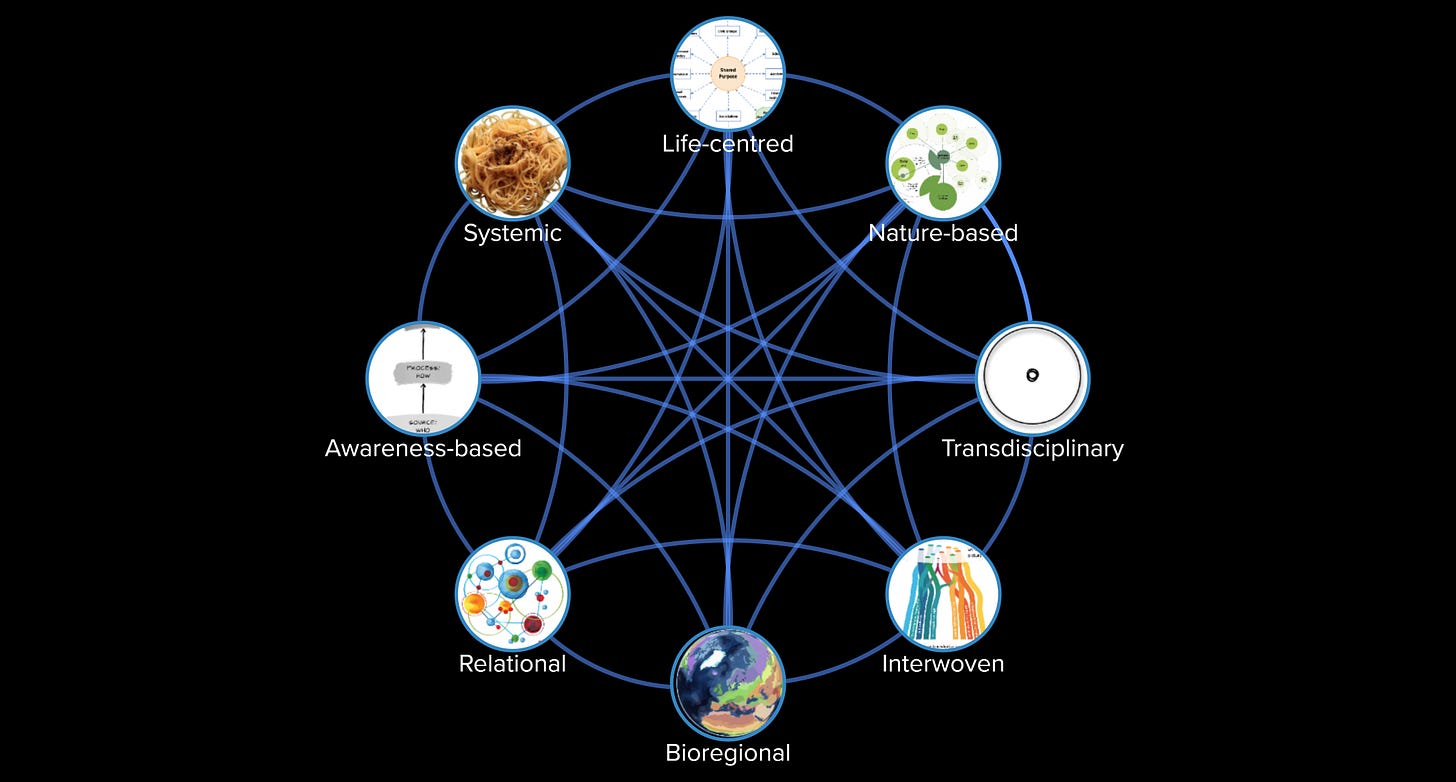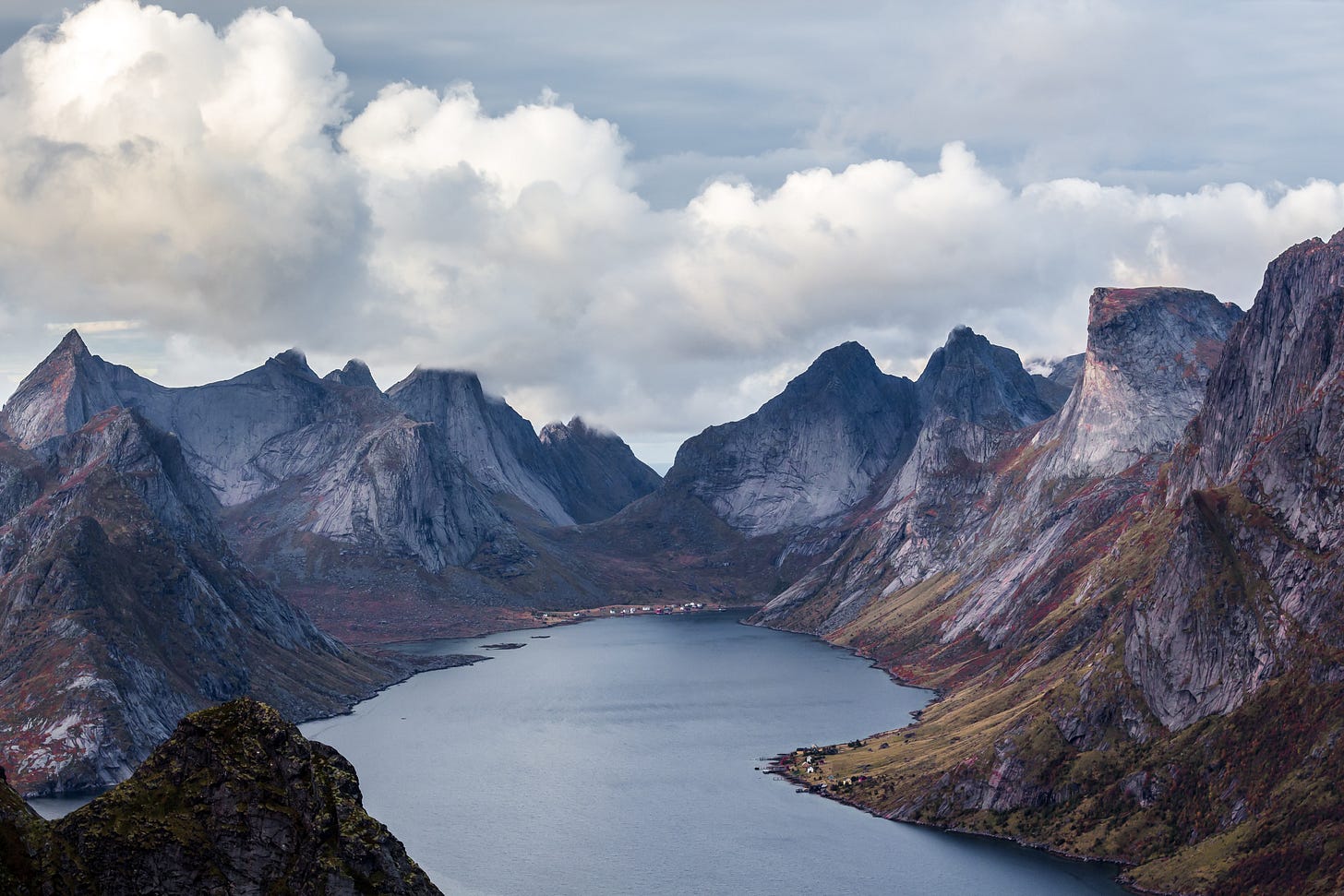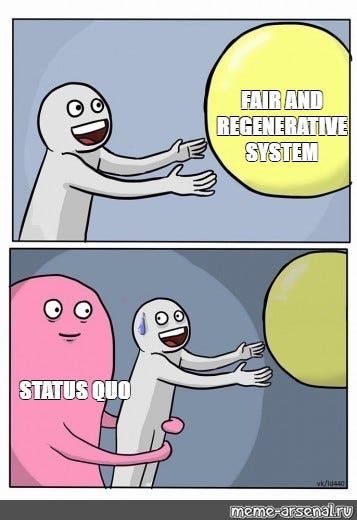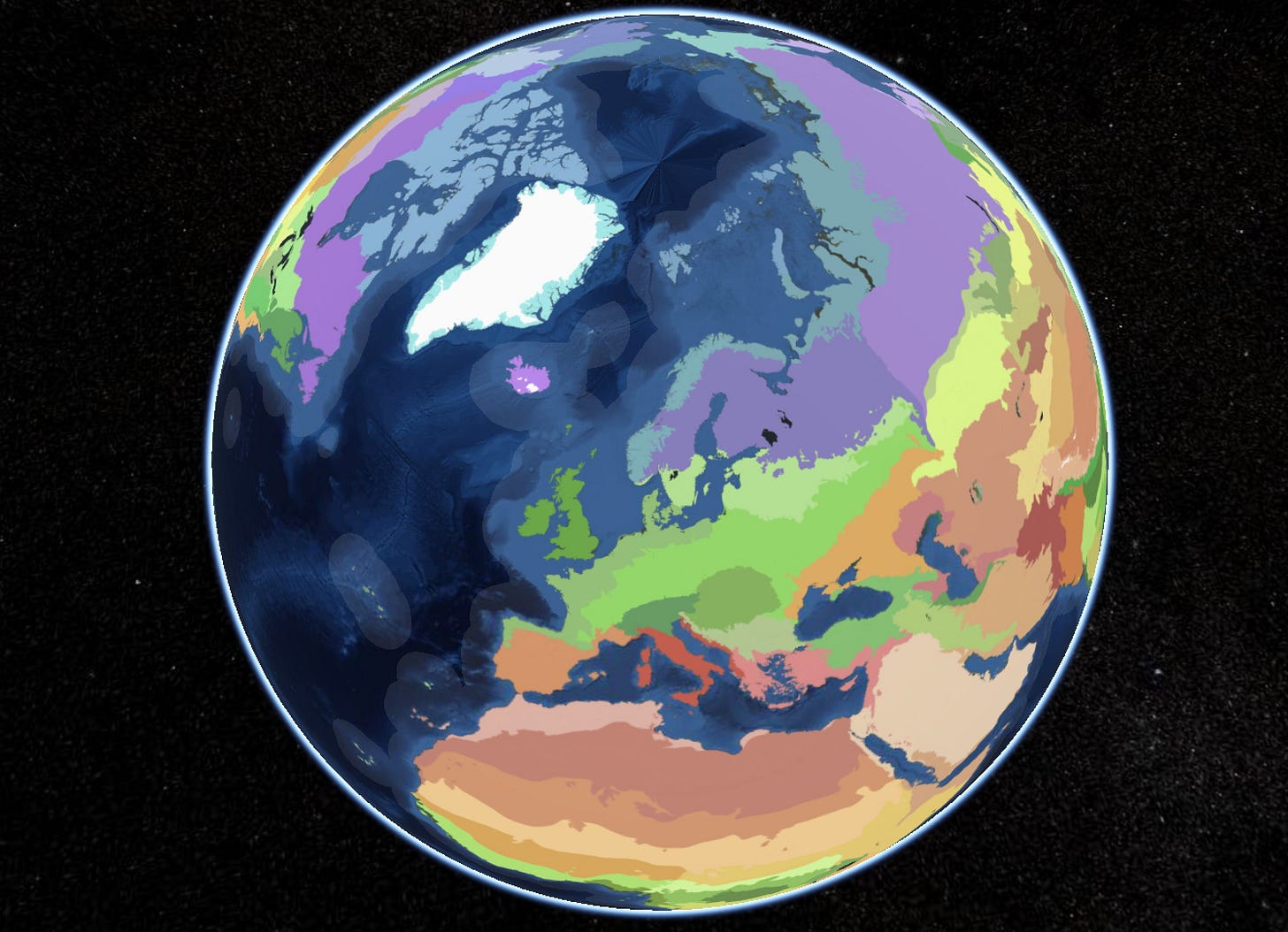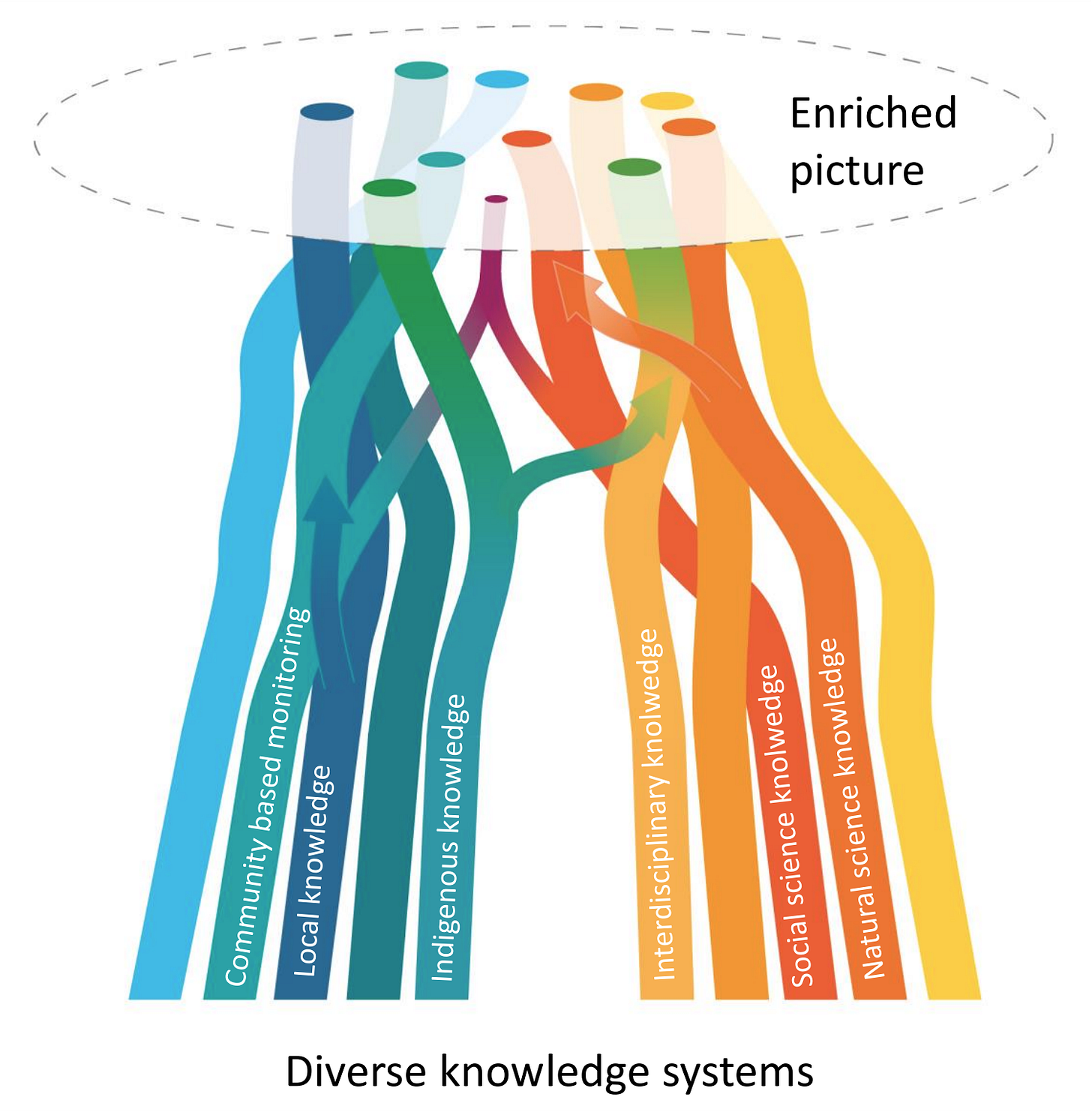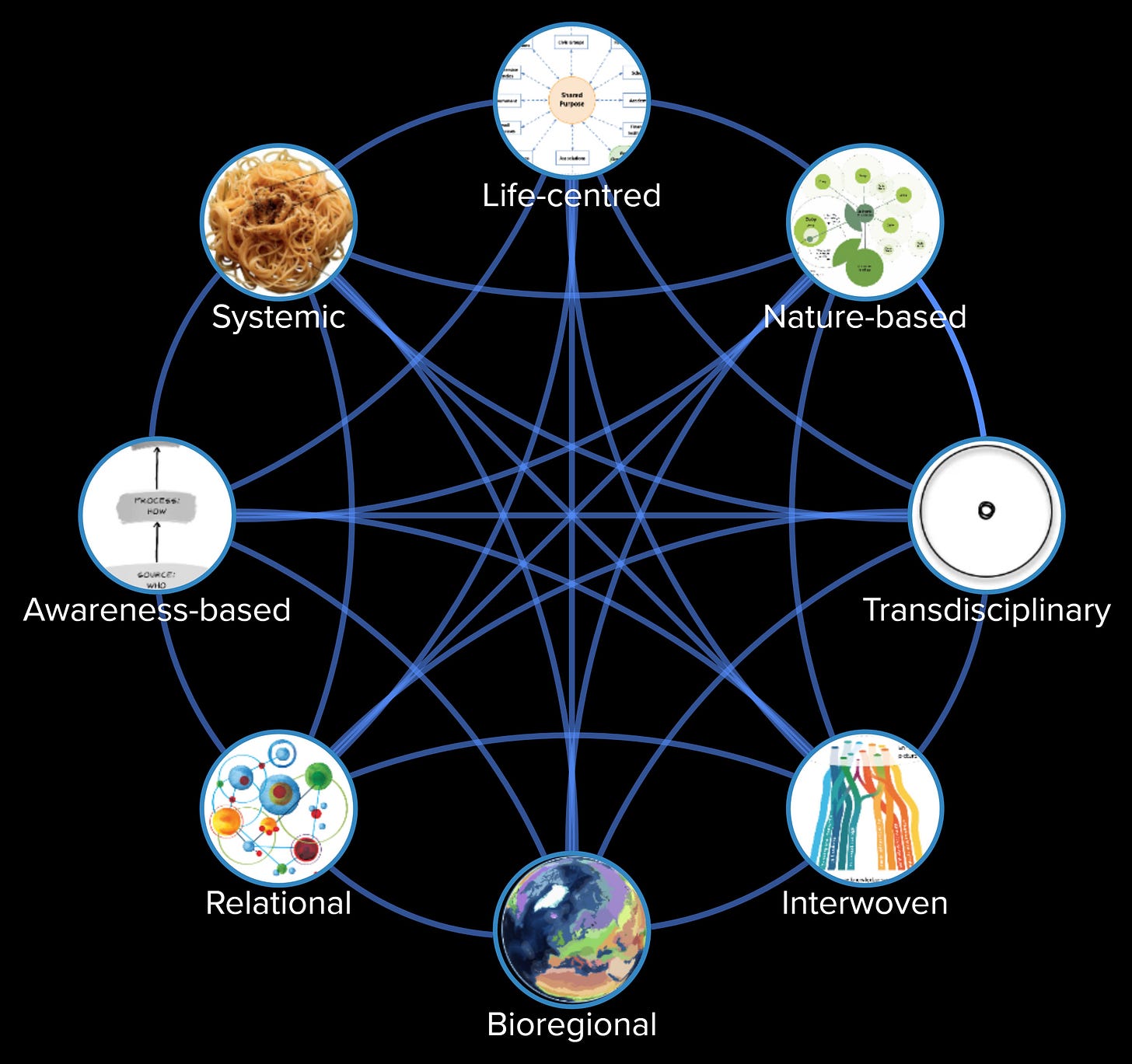On August 1st I exchanged the low-lying flatlands of the Netherlands for the rugged fjords of Norway.
With the ambition to help catalyse regenerative transformation.
Here’s a short synthesis of (some of) the things I’ve learned after one intense month of research, mapping, connecting, listening and sensing the sustainability field.
A landscape of conformity?
“Norwegians like the idea of creativity but fear disruption” — John Gapper
Regenerative systems designer Abel Crawford described to me that Norwegian conformity is rooted in the landscape.
Historically, Norwegians have been living in small valley communities, separated by fjords and mountains. Going against the grain and being cast out of the community would mean death in the harsh and isolated terrain.
In accordance with the law of Jante (Janteloven), being different, standing out or challenging the status quo is not appreciated.
These make not ideal conditions for radical systemic change…
And whilst the effects of climate change became experiential during storm Hans, Norway has plans for global fossil fuel expansion and deep seabed mining in the sensitive Arctic, while earning billions from the war in Ukraine. Even though Norway has some top-mark green credentials (e.g. per capita use of electric cars and its 97% renewable energy mix) Norway remains a fossil fuel giant.
The Norwegian economy needs radical reform, as most of its wealth stems from exporting oil and gas. According to Abelia’s Adaptability Barometer, Norway lacks highly skilled workers, risk capital, motivated entrepreneurs, enabling technologies, strong incentives, and a sustainable long-term business model to facilitate the societal transition.
Enough work to do.
Systemic Shifts
While talking to many wonderful people working on systems transformation in Norway, I’ve noticed frustrations with approaches that often are siloed, disciplinary, sectoral, competitive, outcome-based, extractive, bureaucratic and human-centred.
These are some of the shifts in approaches I sense the system needs:
From sectors to bioregions
Shifting from siloed, sectoral and state-based approaches towards approaches that are place-based and defined by ecological regions (e.g. bioregions, fjords, watersheds or ‘lifesheds’).
From intradisciplinary to transdisciplinary
Shifting from working within the frame of a single, recognised discipline, towards transcending the boundaries of disciplinary perspectives and paradigms.

From mechanical to relational
Shifting from competitive, hierarchical and ‘zero-sum’ approaches towards relational, synergistic and prosocial collaborations that are based on trust.
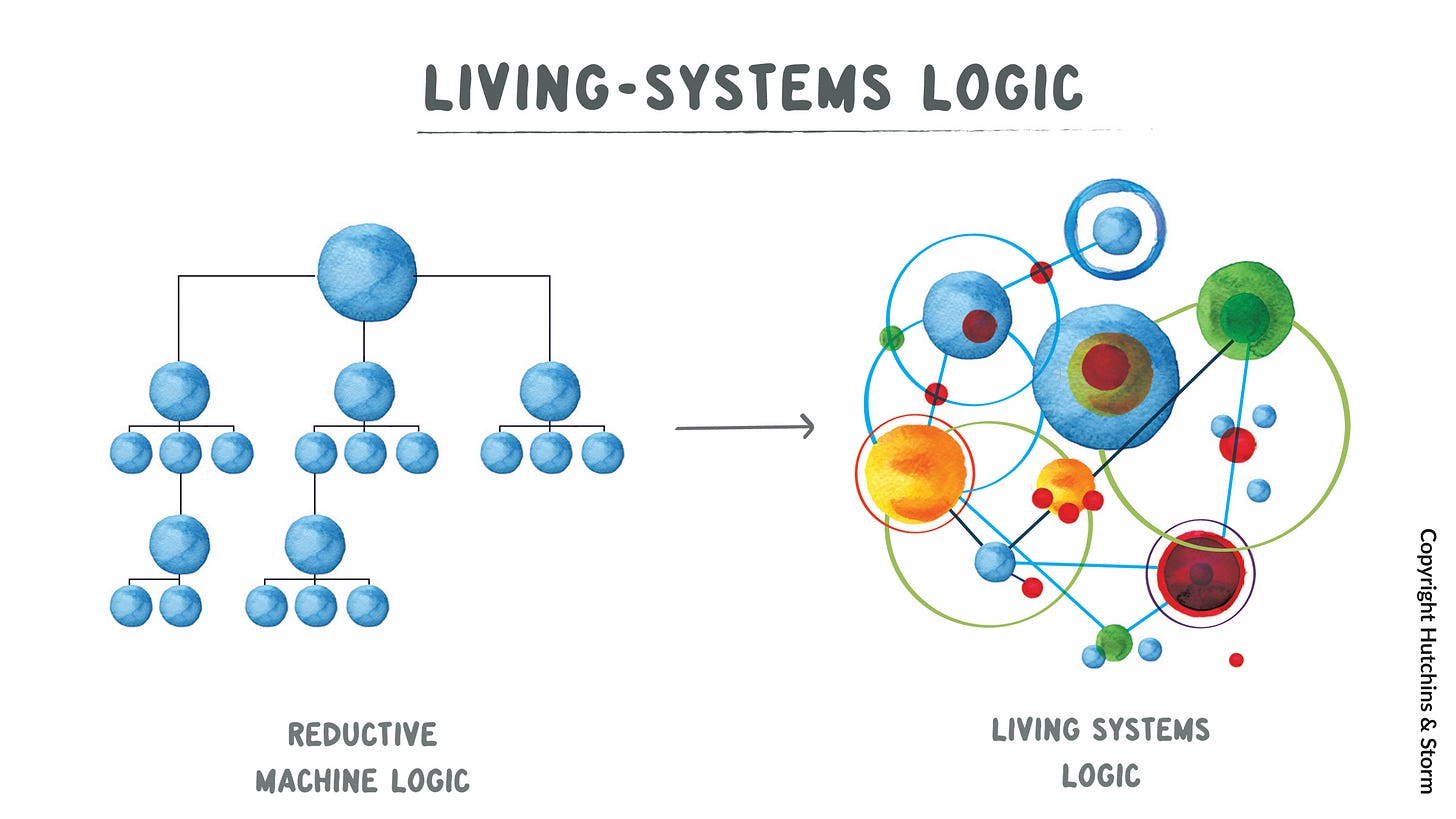
From self-centred to life-centred
Shifting from centering your organization, towards putting a shared purpose — life — at the centre of every action and decision. Seeing organizations as one part of a larger, interconnected system, and realising organizations are the means and not the end.
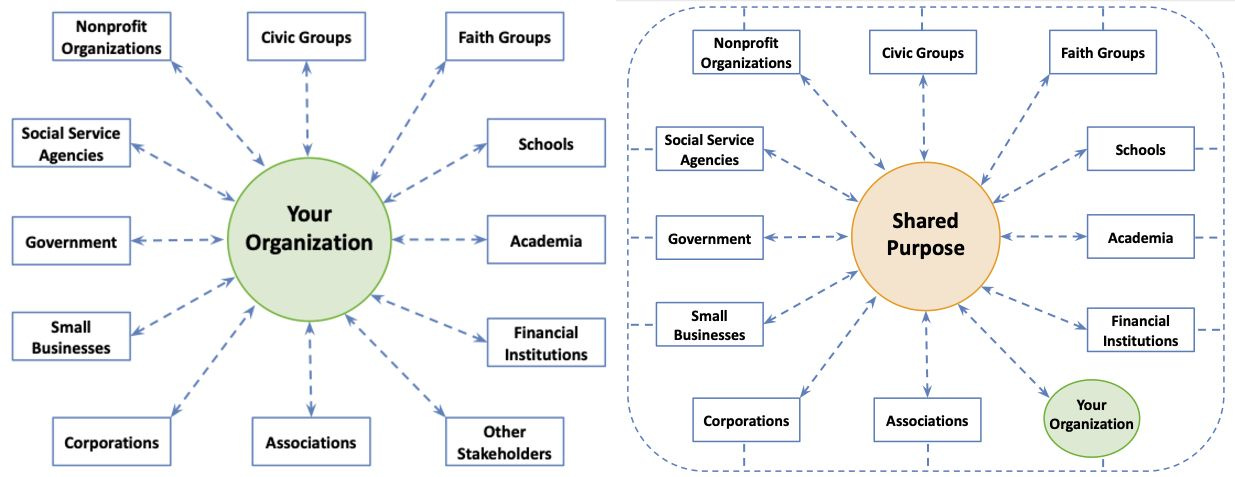
From knowledge extraction to knowledge weaving
Shifting from the extraction of knowledge from ‘stakeholders’ towards the participatory and equitable co-creation, cross-pollination, integration and synthesis of knowledge (see knowledge weaving).
From silver bullets to systems transformation
In volatile, uncertain, complex, and ambiguous (VUCA) contexts we need to shift from betting on ‘silver bullets’ (confetti 🎊) that address symptoms, towards experimental and entangled interventions (spaghetti 🍝) that address different leverage points at the root of the system (see portfolios and systemic design).
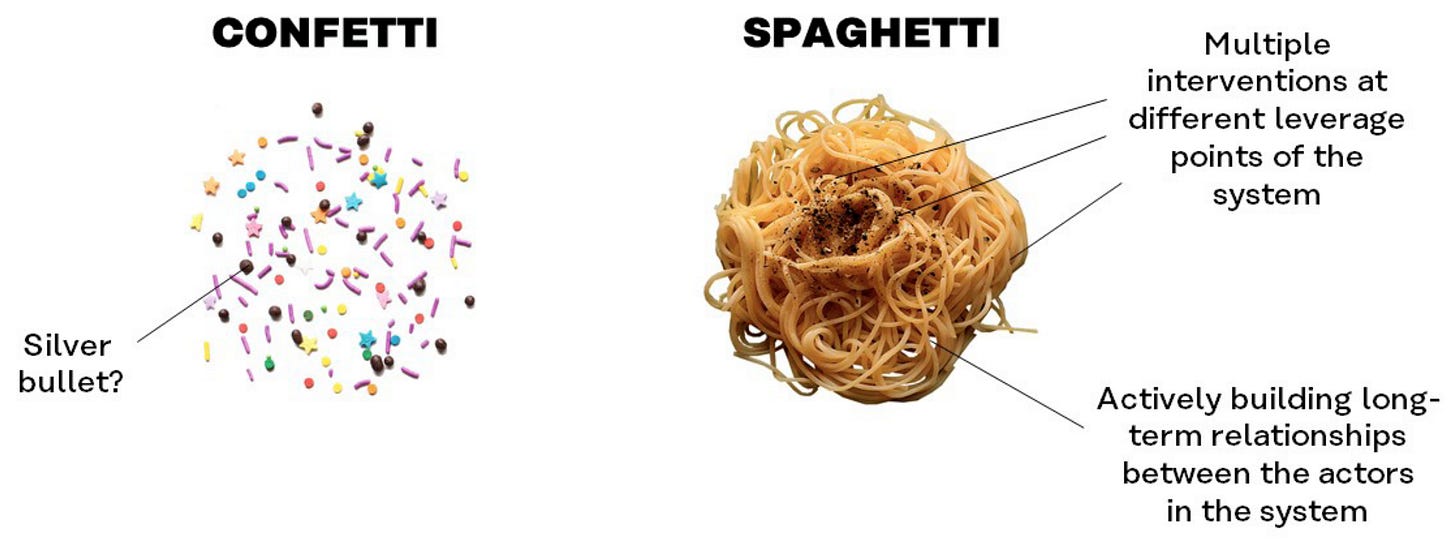
From outcome-based to awareness-based
From focusing on the results, processes and SDGs — the outer — to shifting our attention to the “interior condition” from which we operate — the inner (see Theory U and Inner Development Goals).
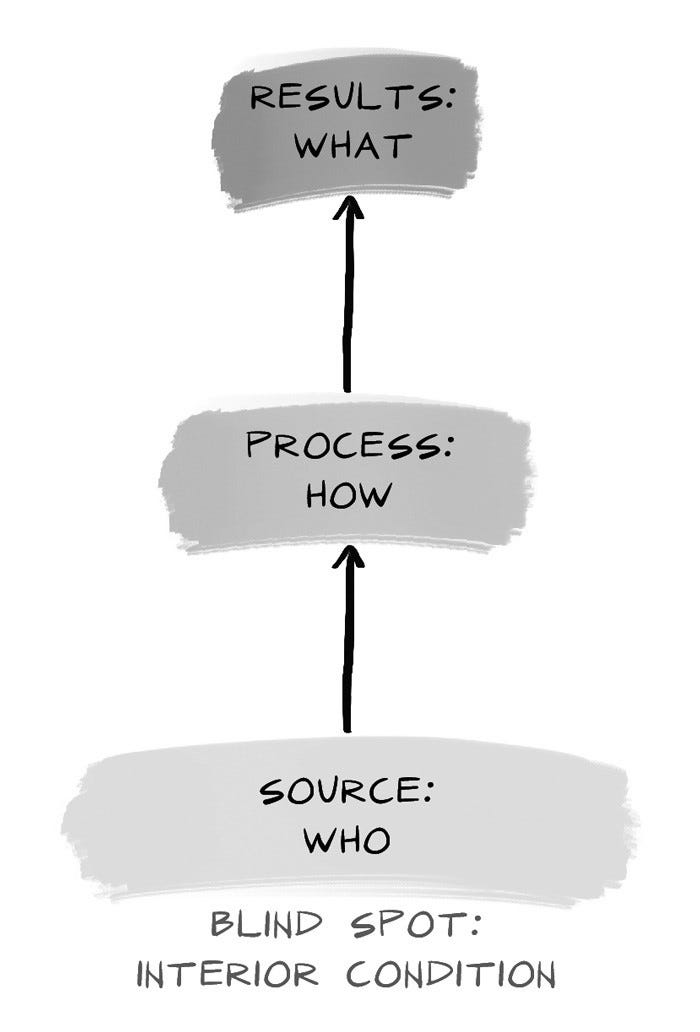
From human-centred design to nature-based design
Shifting from human-centred approaches towards designing for the symbiotic coöperation with other-than-human life (e.g. Zoöperation, Biomimicry).
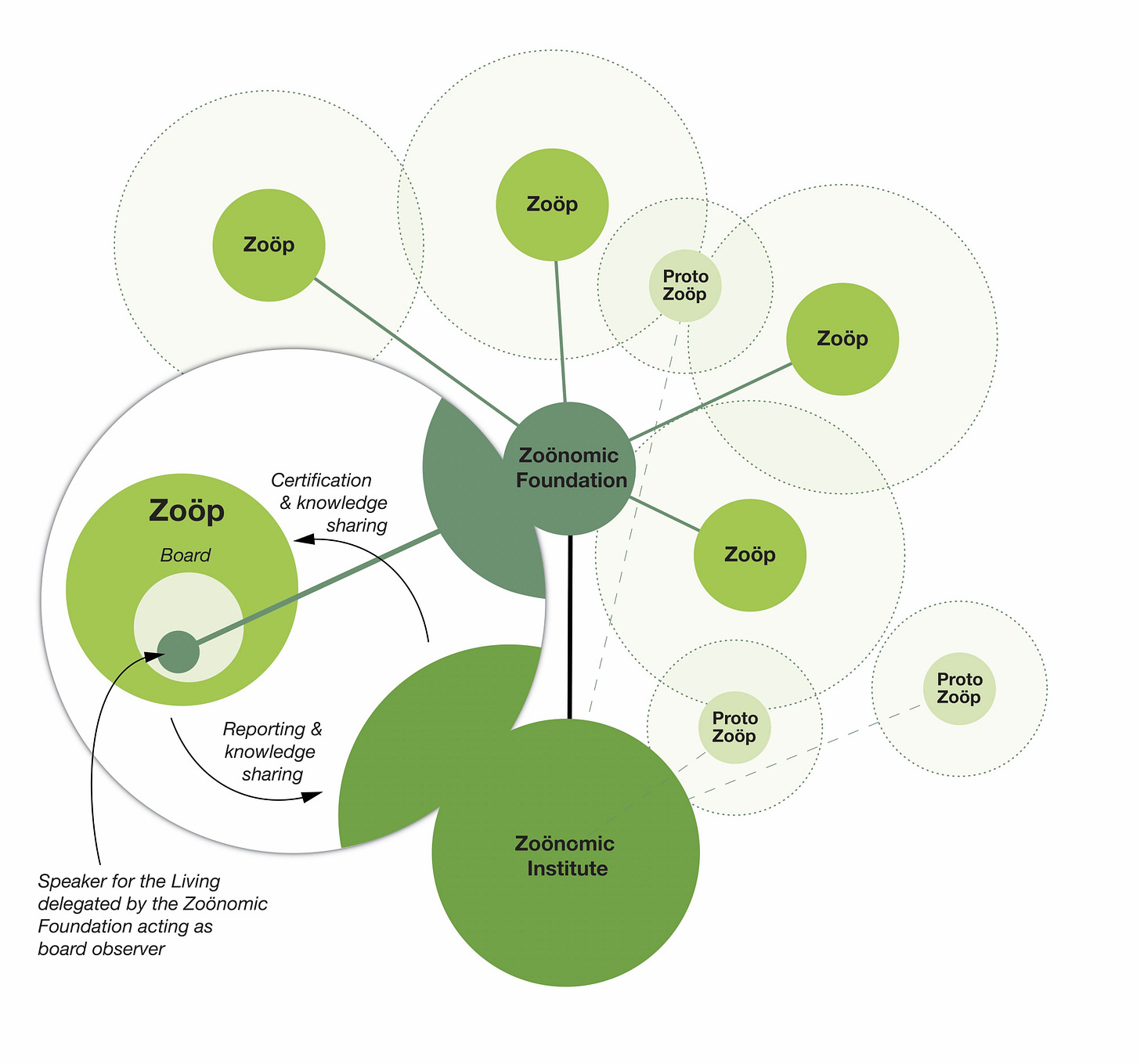
Towards ‘unbounded’ collaboration
All these shifts require new ways of collaboration. Collaboration that moves beyond the boundaries of our organizations, paradigms and selves. Letting go of what we know. Opening up to what could be. As interconnected challenges require interwoven solutions. Towards collaboration that’s unbounded.
Let’s Rewild Norway 🍄
Do you want to work together with me to explore bioregional, relational, interwoven, systemic, transdisciplinary, life-centred, awareness- and nature-based collaborations in Norway?
Based on my previous post on ‘Myceliating Platforms’ I created the Hylo group ‘Rewilding Norway’ to connect like-hearted people working on regenerative transformation in Norway. You can join here.
Subscribe to The Mycelium 💌
Do you have any suggestions or feedback for this post? Let me know in the comments 👇
Subscribe to The Mycelium and become part of an emergent regenerative network, together with 19,000+ others. Some posts that are in the making:
The Norwegian Impact Ecosystem Map
Theory U — The practice of awareness-based systems change
Connecting, Cohering, and Amplifying: The Work of Transformation Catalysts
Cultivating a regenerative career
Writing systems, strategies and synergies
And much more…

